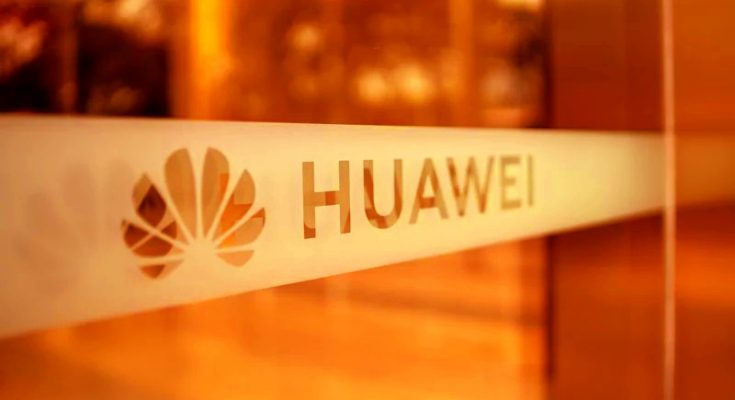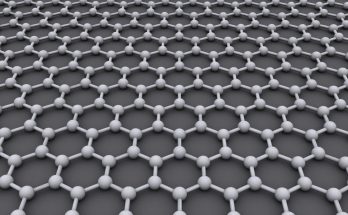Chinese tech giant Huawei has made significant progress in developing its own central processing unit (CPU) cores, a key component of various computing devices. This has made sanctions on this company look useless and inefficient which is a signal to many companies around the world to reduce reliance on US companies. Although they are not yet at the absolute forefront, benchmarks indicate that their performance has reached the level of that of the main competitors of a few years ago, suggesting that they can adequately serve a large portion of the market.
A recent benchmark test, reported by US magazine Tom’s Hardware, evaluated the performance of Huawei’s Taishan V120 core, one of its own models. The Taishan V120’s single-core performance matched that of AMD’s Zen 3 cores, released in 2020. This means that although Huawei is still at the forefront of CPU technology, the gap has narrowed significantly. The performance of the Taishan V120 is generally sufficient for most mainstream applications on the market.
This tested core is part of the new Kirin 9000 System on Chip (SOC). It integrates four Taishan V120 cores alongside two Cortex A510 ARM cores to efficiently handle less demanding tasks. The Kirin 9000 itself uses a second-generation 7-nanometer manufacturing process at contract manufacturer SMIC.
However, the exact chip tested in the benchmark remains unclear. The test bears the label “Huawei Cloud OpenStack Nova”. This suggests it could be a Kunpeng server processor, potentially the Kunpeng 930. This chip was originally official before US sanctions against Huawei took effect. Initially, there was a plan for 5-nanometer production by TSMC and a 2021 launch schedule. However, these plans were disrupted, forcing Huawei to use the processor with alternative arrangements, leading to the current delay.
Overall, Huawei’s progress in CPU development demonstrates its ability to adapt and partially compensate for the limitations imposed by the US embargo. Although they have not yet reached the absolute next level, their improvements bring their offerings closer to meeting the demands of the mainstream market. It remains to be seen how quickly they can close the remaining gap and potentially compete for the top spot in the future.




